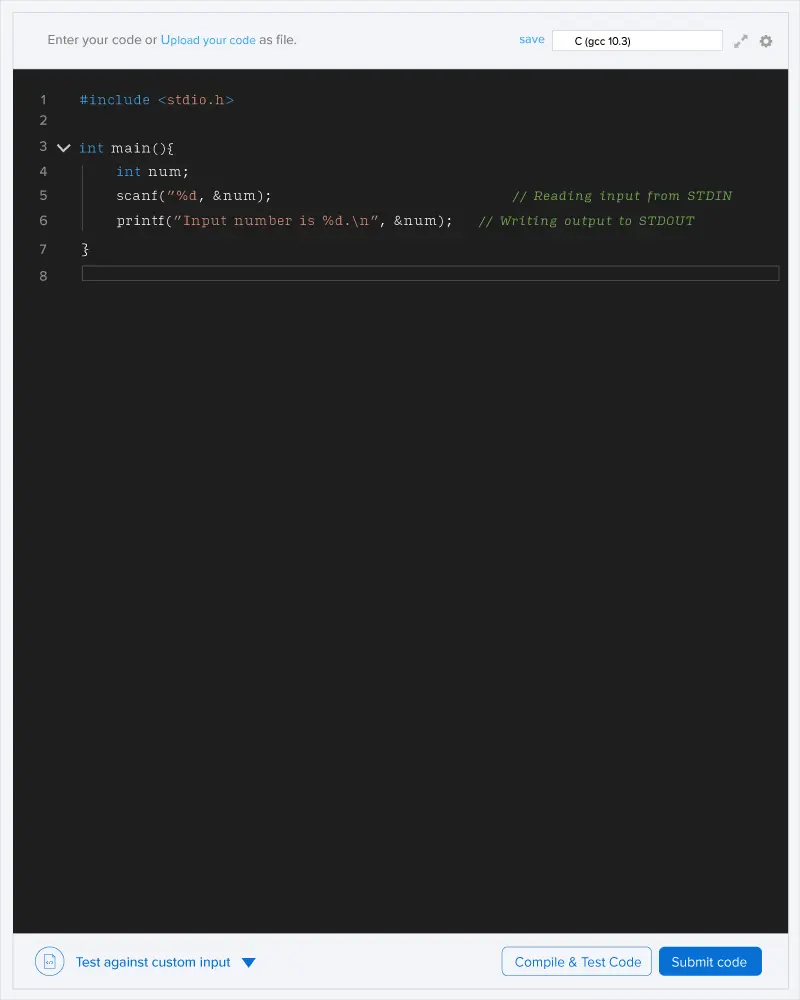Given an Array arr of length N find the index (0-indexed) of previous co-prime element for each index 0≤i<N, or −1 if there's no such value.
Two values x and y are called co-prime if GCD(x,y)=1.
Previous co-prime element of arr[i] is the first element co-prime to arr[i] on the left of index i, ie. maximum j such that GCD(arr[i],arr[j])=1 and j<i, or -1 if there's no co-prime element to the left of arr[i].
NOTE:
- Use of Fast I/O is recommended for this problem.
Input Format:
- First line contains an integer T denoting the number of test cases.
- First line of each testcase contains an integer N denoting length of arr.
- Next line contains N space-seperated integer, denoting the elements of arr.
Output Format:
- For each testcase, In a single line, print the index of previous co-prime element of arr[i] for each index 0≤i<N, or −1 if no such value.
Constraints:
- 1≤T≤10
- 1≤N≤105
- 1≤arr[i]≤105
In third testcase, arr=[3,6,9,1,2,3]
First, Second and Third element has no co-prime element to left, hence −1 is their previous index.
Fourth element is co-prime to 9, ie. index 2.
Fifth element is co-prime to 1, ie. index 3.
Sixth element is co-prime to 2, ie. index 4.

